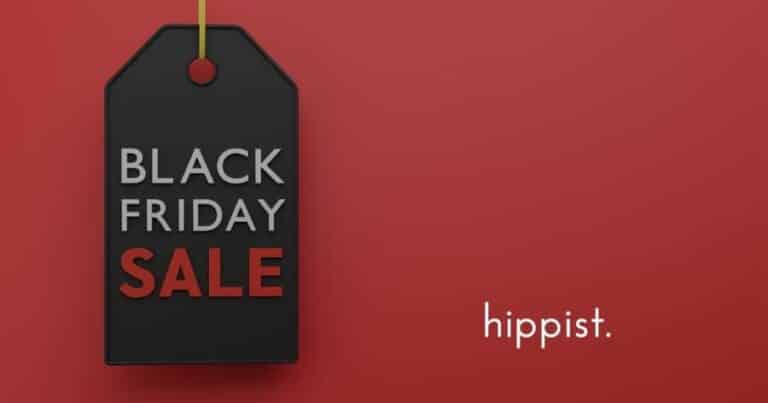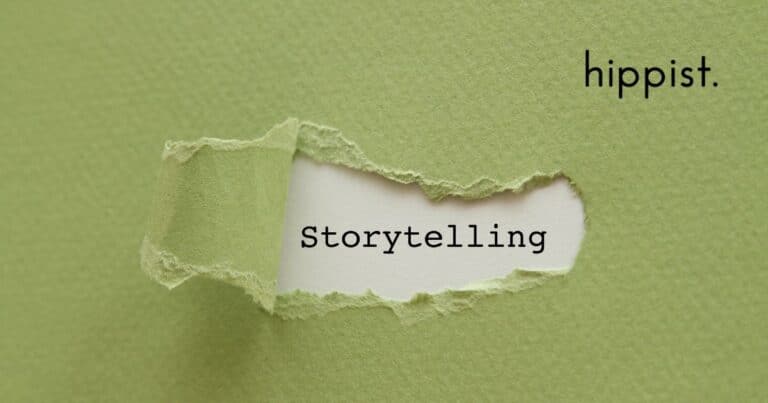
During the holidays, shoppers are flooded with choices. The difference between a product that converts and one that gets scrolled past often comes down to one thing: how it looks.
Great visuals don’t just show a product—they make people feel something. And in e-commerce, emotion is what drives action.
Here’s how to use design psychology, color cues, and AI-powered visuals to create product photos that turn browsers into buyers this holiday season.
1. Emotional triggers in product photography
Every purchase decision has an emotional layer—especially during the holidays.
Your photos should aim to trigger emotions like:
- Warmth: Cozy tones, soft lighting, and relatable context create comfort.
- Excitement: Contrast, sparkle, and sharp highlights add energy.
- Trust: Consistent lighting and clean compositions signal professionalism and reliability.
These small visual cues tell shoppers, “this brand gets me.”
hippist tip: Use hippist AI to instantly apply emotion-driven styles—cozy winter tones, festive glow, or luxury contrast—without reshooting your products.
2. The psychology of holiday color and lighting
Color affects perception faster than words ever can.
- Red & Gold: Trigger urgency and luxury—ideal for Black Friday or gifting visuals.
- Green & White: Signal freshness and authenticity—perfect for sustainable or wellness brands.
- Blue & Silver: Convey calm and reliability—great for electronics and premium goods.
Lighting plays its own role: soft light = approachable, hard light = bold.
Balancing both across your catalog builds emotional consistency.
hippist tip: With hippist AI, you can test multiple lighting moods and color palettes from one base photo—then pick the one that performs best in your campaigns.
3. The power of scale and context
Shoppers can’t touch your product online—but they can imagine it in their hands. That’s why scale and context are essential:
- Add in-scale images (hand-holding, on-body, next to familiar objects).
- Show context shots (how it fits into a home, outfit, or gift moment).
- Include social-style lifestyle photos to make it feel real, not staged.
Products feel more desirable when buyers can visualize ownership.
hippist tip: Turn plain studio shots into lifestyle or in-scale visuals instantly with hippist AI—no need for new sets, models, or props.
4. Align visuals with buyer intent
Each holiday shopper is in a different mindset:
- Early gift hunters: Want inspiration—use warm, story-driven imagery.
- Last-minute buyers: Want clarity—use clean, urgency-driven layouts.
- Repeat customers: Want trust—show consistent visuals across every channel.
Matching your creative tone to shopper intent builds a subconscious bridge from “maybe later” to “add to cart.”
5. Why AI gives you the edge
Normally, testing different lighting, color, and scene variations would take weeks and multiple photoshoots.
With hippist AI, you can:
- Generate emotion-specific styles instantly.
- Match visuals to audience personas and campaign tone.
- Keep every image consistent and on-brand across platforms.
When creative iteration becomes effortless, your visuals can finally keep up with buyer psychology.
Takeaway
Holiday marketing is emotional marketing. The right photo doesn’t just display your product—it communicates trust, warmth, and desire.



